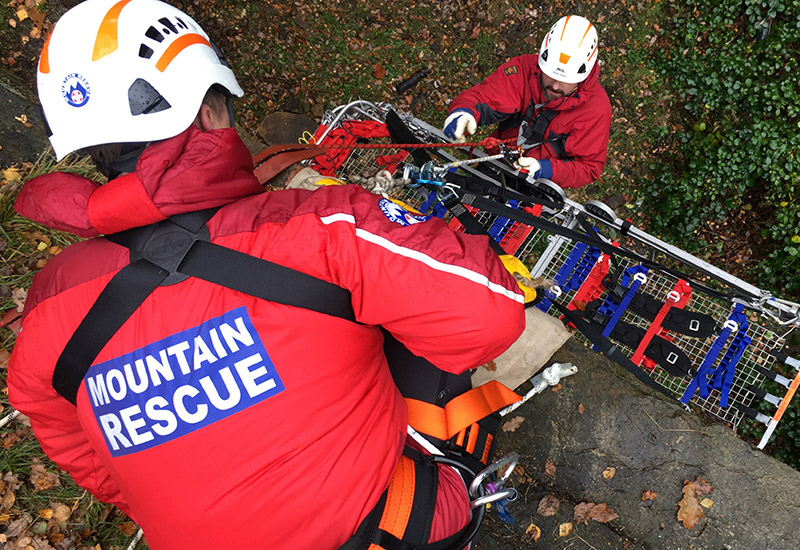The Role of GPS Trackers in Rescue Operations: A Case Study Approach
The Role of GPS Trackers in Rescue Operations: A Case Study Approach
In recent years, the application of GPS technology in rescue operations has revolutionized the way emergencies are managed, enhancing the efficiency and success rates of various rescue missions. GPS trackers, with their ability to provide real-time location data, play a crucial role in these operations. This essay will explore several instances where GPS trackers have been instrumental in rescue missions, highlighting their significance and impact.

Case Study 1: Natural Disasters
One of the most prominent examples of GPS trackers in action is during natural disasters such as earthquakes, hurricanes, and floods. In 2010, Haiti was struck by a devastating earthquake that left thousands of people trapped under rubble. Rescue teams from around the world, equipped with GPS trackers, were able to coordinate their efforts more effectively. The real-time data provided by these devices allowed teams to identify the most severely affected areas and allocate resources accordingly. The trackers also enabled rescuers to navigate through the debris more efficiently, significantly reducing the time taken to reach and extract survivors.
Case Study 2: Search and Rescue in Remote Areas
In remote and wilderness areas, GPS trackers have proven to be lifesavers for both the lost and the rescuers. In 2017, a group of hikers in the Rocky Mountains became disoriented and lost due to unexpected weather changes. The hikers, equipped with personal GPS trackers, were able to send their exact coordinates to rescue teams. This not only facilitated a quick response but also ensured that the rescuers could avoid hazardous terrain, thereby enhancing their safety. The use of GPS technology in this scenario underscored its critical role in locating individuals in vast and challenging environments where traditional methods might fail.
Case Study 3: Maritime Rescues
Maritime rescues present unique challenges due to the vastness and unpredictability of the open sea. In 2019, a fishing boat off the coast of Alaska encountered engine failure and began drifting. The crew activated their GPS-enabled Emergency Position Indicating Radio Beacon (EPIRB), which transmitted their location to the nearest coast guard station. The immediate relay of accurate position data allowed the coast guard to deploy a rescue operation promptly. The use of GPS technology in this instance not only expedited the rescue but also minimized the risk to both the crew and the rescuers by providing precise navigation to the distressed vessel.
Case Study 4: Avalanche Rescues
Avalanche rescues are highly time-sensitive, as victims buried under snow have limited time before they succumb to asphyxiation or hypothermia. In 2020, an avalanche in the Swiss Alps trapped several skiers. Fortunately, they were equipped with GPS-enabled avalanche transceivers. These devices emit a signal that can be detected by rescuers, providing the exact location of the victims. The real-time data allowed rescue teams to swiftly locate and dig out the skiers, demonstrating the critical importance of GPS technology in such life-threatening situations.
Case Study 5: Urban Search and Rescue
Urban search and rescue (USAR) operations, often in the aftermath of terrorist attacks or building collapses, also benefit immensely from GPS technology. During the 2017 Grenfell Tower fire in London, GPS trackers were used to monitor the movements of rescue personnel inside the burning building. This ensured that rescuers could be accounted for at all times, preventing potential losses and allowing for strategic deployment based on the most critical needs. The ability to track real-time movements within complex urban structures provided an additional layer of safety and coordination.
Conclusion
The integration of GPS trackers in rescue operations has undeniably transformed the landscape of emergency response. By providing precise and real-time location data, these devices enhance the efficiency, safety, and effectiveness of rescue missions across various scenarios. From natural disasters and remote wilderness rescues to maritime emergencies and urban search operations, GPS technology has proven to be an invaluable tool. The case studies presented illustrate the diverse applications and significant impact of GPS trackers, underscoring their essential role in modern rescue operations. As technology continues to evolve, it is anticipated that GPS trackers will become even more advanced, further improving the capabilities of rescue teams and saving countless lives in the process.

